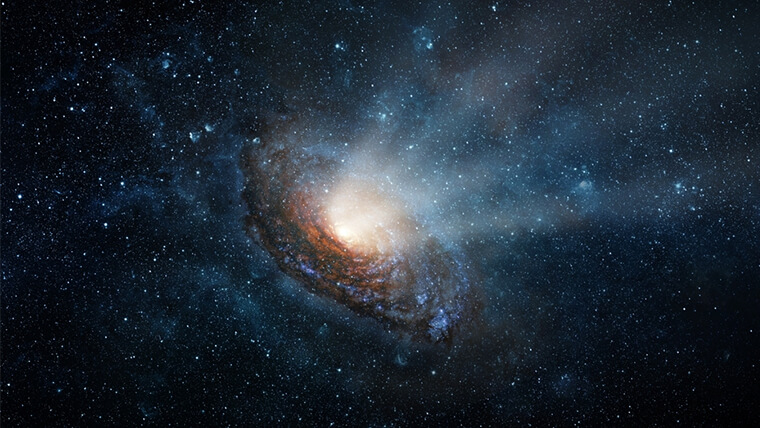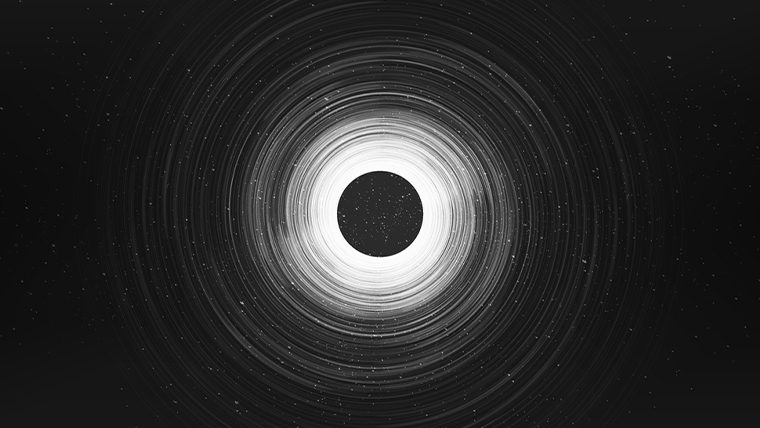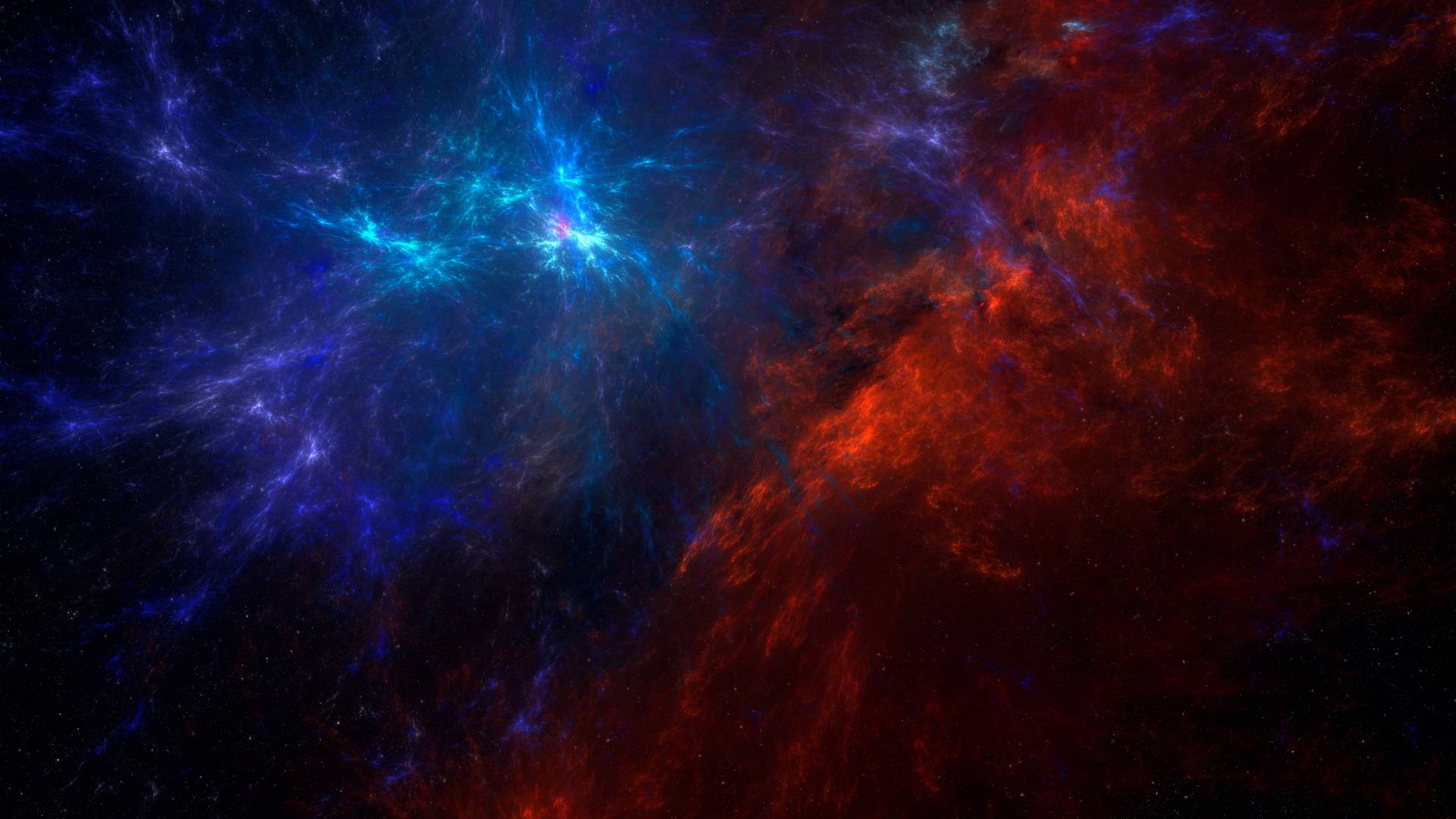Astronomers and astrophysicists have been captivated by black holes for centuries due to their mysterious nature and ability to defy the laws of physics. We go on a cosmic voyage through the history of black holes in this investigation, covering everything from the earliest theoretical ideas to the ground-breaking discoveries that have influenced our comprehension of these enigmatic phenomena.
What is The Story Behind The Black Holes?
Black holes are not empty spaces, despite their name leading you to believe otherwise. Rather, consider a star ten times more massive than the Sun compressed into a sphere roughly the diameter of New York City. That is a tremendous amount of matter packed into a very small space. Consequently, nothing can escape the gravitational field—not even light—because it is so powerful.
History of Black Holes Timeline
Both science and imagination have evolved in our understanding of black holes. While daydreaming about falling apples, Isaac Newton realized that the same force that keeps the Moon in its orbit also affected those falling apples. Others used his discovery to calculate that some stars might have gravitational fields so strong that light could not escape from them. Albert Einstein discovered that gravity is a curvature in spacetime by envisioning travels through time and space; others found that it could be curved so much that a massive object could be hidden from view. Black holes are among the universe’s most fascinating objects, and their discovery and study have been made possible by these and many other discoveries and insights.
With the development of his general theory of relativity, Albert Einstein first postulated the existence of black holes in 1916. American astronomer John Wheeler first used the term “black hole” in 1967, many years after it was first used. After being solely understood to be hypothetical objects for decades.

One Star’s End is a Black Hole’s Beginning
The remains of massive stars that explode in supernovae are the primary source of black hole formation. (Dense neutron stars—which are too small to trap light—are formed when stars get smaller. It can be theoretically demonstrated that no force can prevent a star from collapsing under the force of gravity if its total mass is high enough (roughly three times that of the Sun). Stranger things happen, though, as the star collapses. Relative to the time kept by observers far away, the speed of the star decreases as it approaches an imaginary surface known as the “event horizon.”. A collapsing star becomes a frozen object when its surface reaches the event horizon, where time stops.
Stars colliding can produce even larger black holes. NASA’s Swift telescope saw gamma-ray bursts, which are brief, intense bursts of light, shortly after it launched in December 2004. After gathering data from the “afterglow” of the event, Chandra and NASA’s Hubble Space Telescope jointly concluded that when a black hole and a neutron star collide, creating another black hole, the result can be powerful explosions.
Related Contents:
Where do black holes take you?
10 Incredible Astronomical Phenomena
Exploring the Enigmatic Aurora Borealis
What Historical Discoveries Led to The Discovery of Black Holes?
Since ancient times, there has been a notion of an object in space that is so massive and dense that light cannot escape it. Mostly, general relativity, which demonstrates that a massive star dies and leaves behind a small, dense remnant core, is responsible for the prediction of black holes.
A Brief Explanation of The History of Black Holes
The officially recognized black hole mode states that a black hole is a region of spacetime (the 4-dimensional conceptual model combining the three dimensions of space and the dimension of time) surrounding the singularity, or point of infinite density, where space and time collide, and the spacetime defining that exact location would vanish. At that point, no particles or electromagnetic radiation of any kind can escape from a region enclosed by the event horizon.
In addition to being magnificent, fascinating study subjects whose effects can now be felt in labs despite the vast astronomical distances between us and black holes, black holes serve as harsh test subjects for theories like quantum gravity. In laboratory settings, equations and laws may appear perfect. But thanks to black holes, researchers can examine these under the most extreme temperature, mass, density, and time conditions that are known to exist in the universe.
How is a Black Hole Formed?
When a very massive star’s core collapses in on itself, stellar black holes are created. An additional result of this collapse is a supernova, or exploding star, which launches a portion of the star into space. Supermassive black holes are believed to have formed simultaneously with the galaxy in which they are located.
From the conceptual musings of early astronomers to the detection of gravitational waves, the history of black holes is a testament to humanity’s insatiable curiosity and relentless pursuit of knowledge. As we peer further into the cosmic abyss, the story of black holes unfolds, inviting us to ponder the boundless wonders that await in the depths of space.
Source: NASA Science



